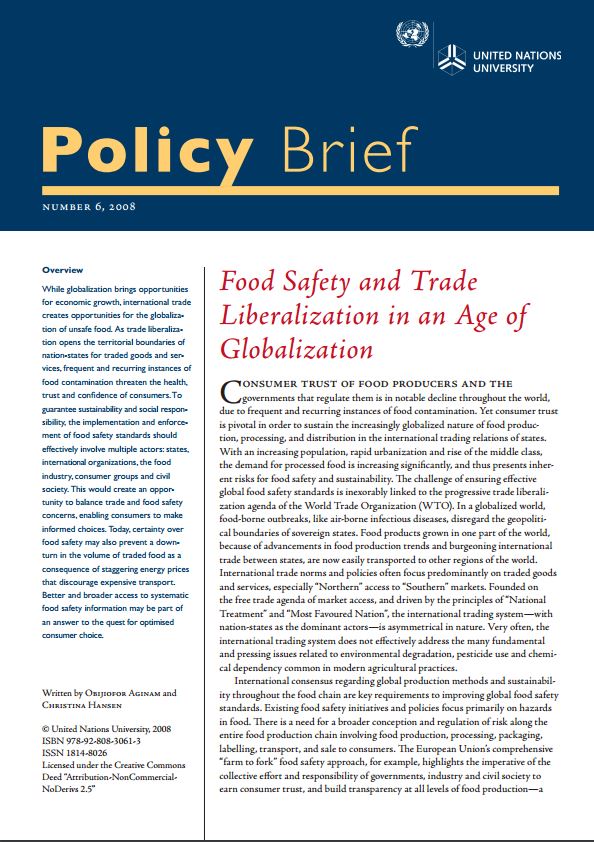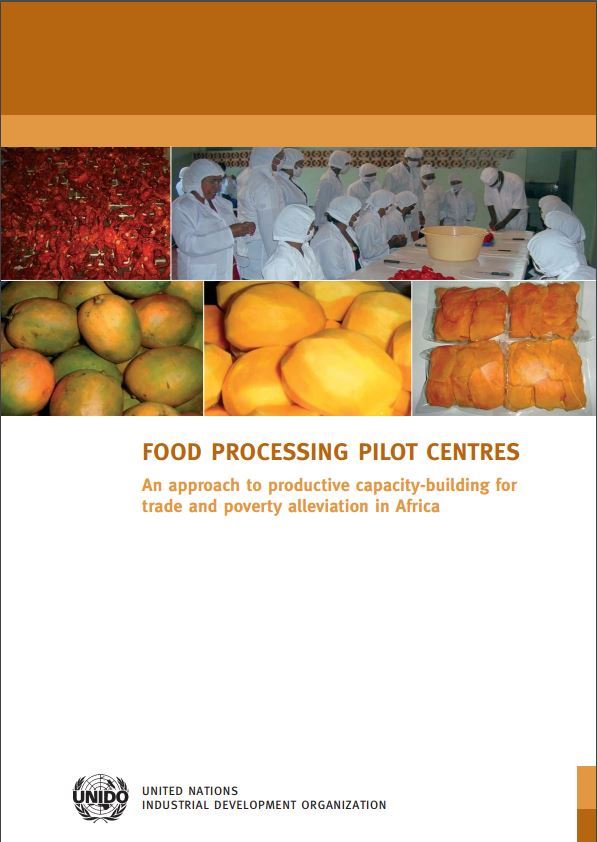Trade and Nutrition
In November 2014, governments from around the world committed themselves to developing ‘coherent public policies’ to advance nutrition. The occasion was the FAO/WHO jointly organized Second International Conference on Nutrition (ICN2). One year later, governments also called for ‘policy coherence’ – when policies in different sectors support common objectives – in the implementation of the new Agenda 2030 and achievement of the Sustainable Development Goals. One area in which coherence is needed, is between trade policies and nutrition policies and programmes. This is a controversial area: some people are clearly worried about trade from a nutritional perspective; others view trade as an effective and efficient way to advance human development. Policy coherence between trade and nutrition can be achieved if deliberate effort is made to align trade policy actions to nutrition objectives. When policies from different sectors align, there are mutual benefits on both sides. For example trade policies that promote good nutritional outcomes, will result in healthy populations who can contribute to the economic development of nations. However, more focus is needed on making trade work for nutrition. This call was reiterated in the Rome Declaration of the Second International Conference on Nutrition for trade policies that are ‘conducive to fostering food security and nutrition for all’.
Latest content relevant to Trade and nutrition

Food Safety and Trade Liberalization in an Age of Globalization
04/08/2008 - While globalization brings opportunities for economic growth, international trade creates opportunities for the globalization of unsafe food. As trade liberalization opens the territorial boundaries [...]

Food Processing Pilot Centres - An approach to productive capacity-building for trade and poverty alleviation in Africa
11/06/2007 - Poverty is known to be spreading in rural areas, where populations rely directly or indirectly on agriculture for their livelihood. Despite efforts undertaken to develop agricultural production, more [...]

